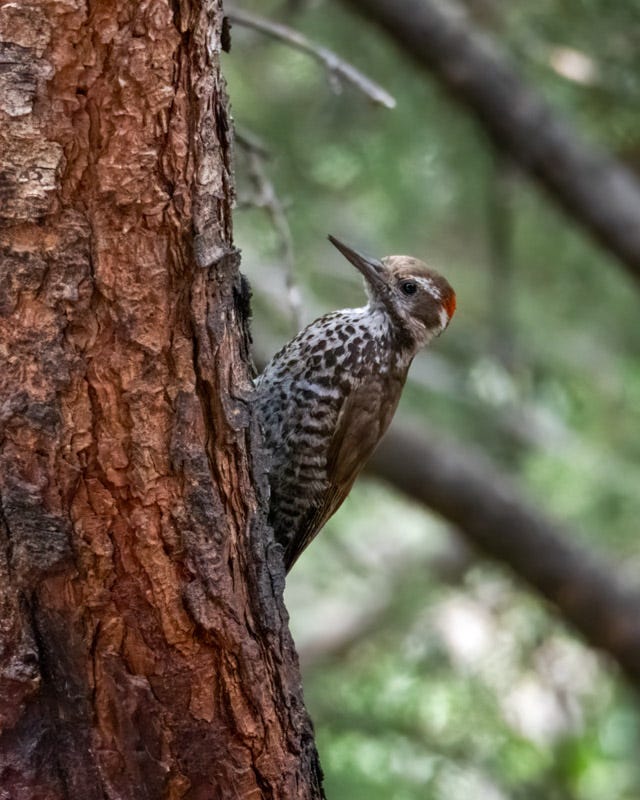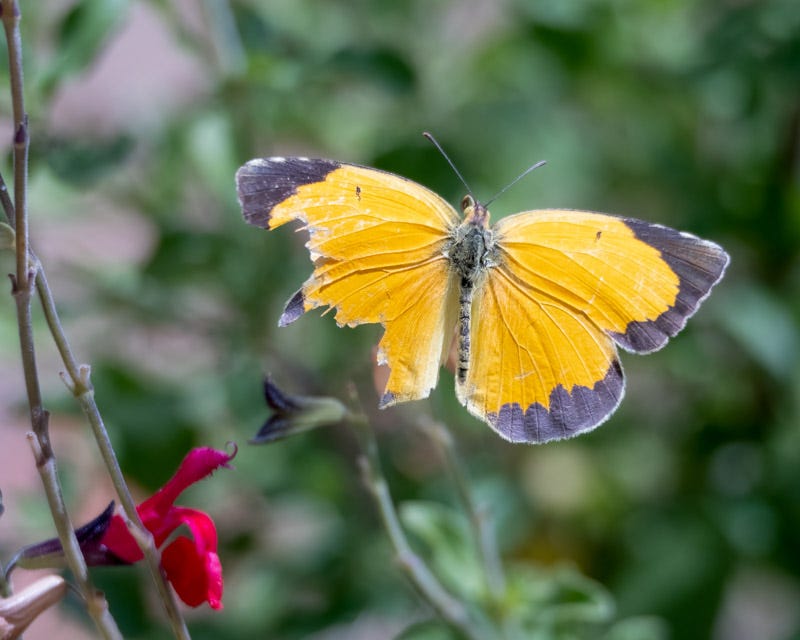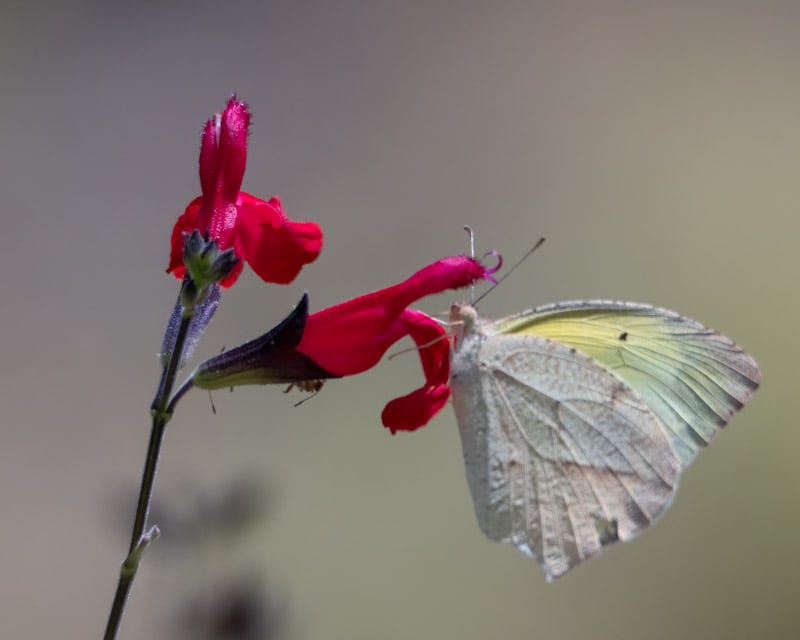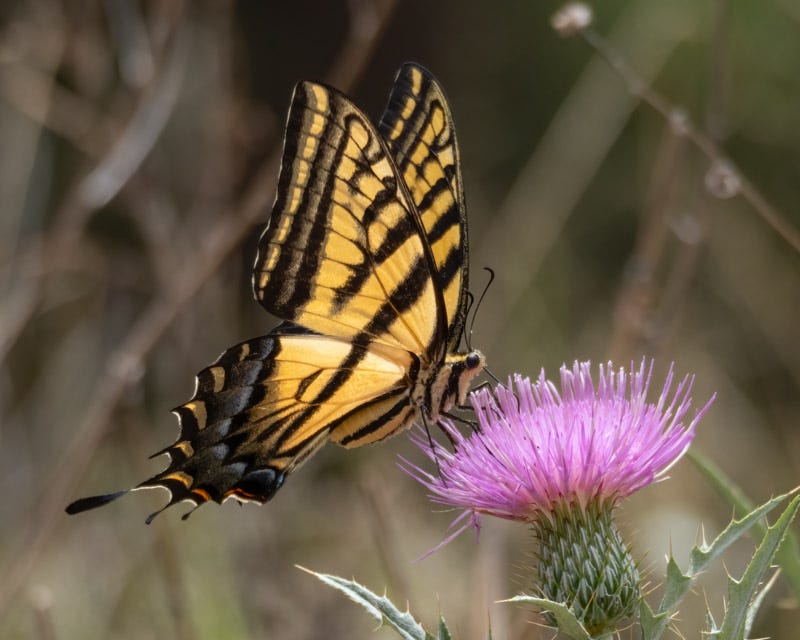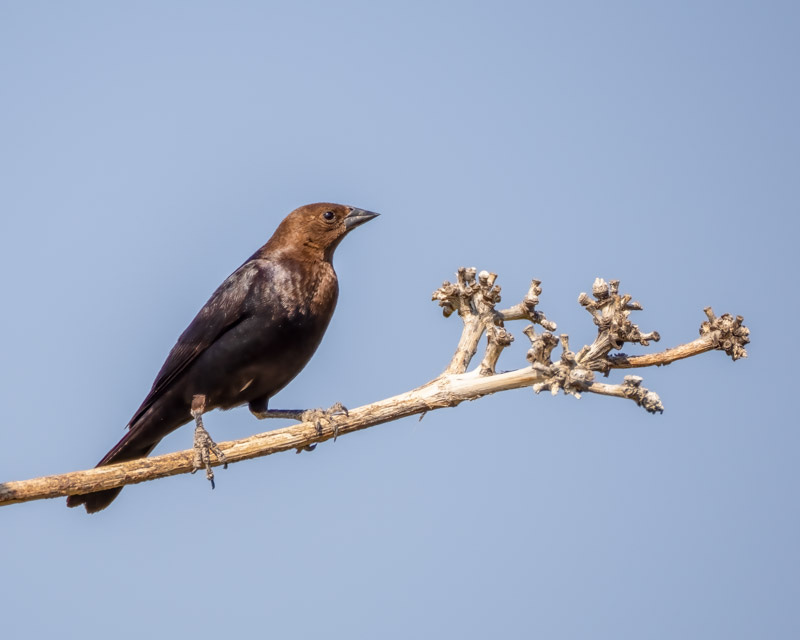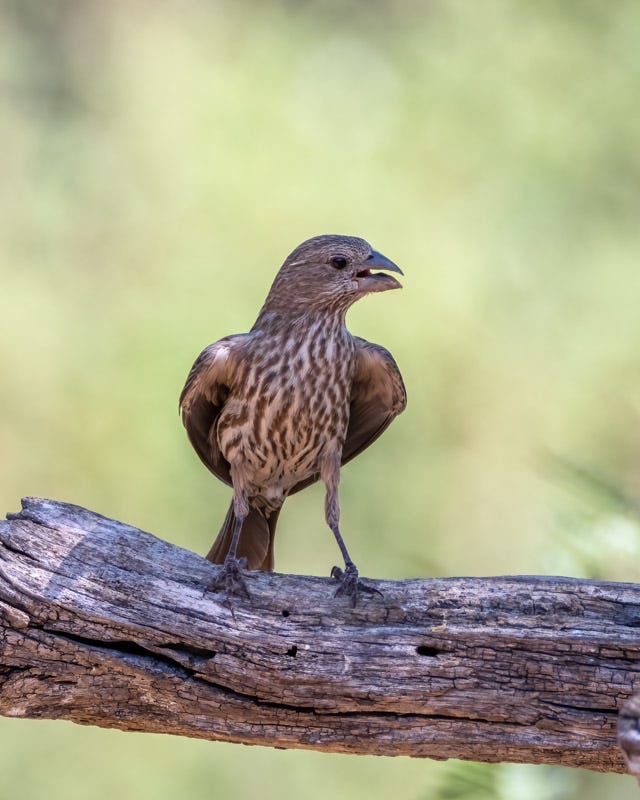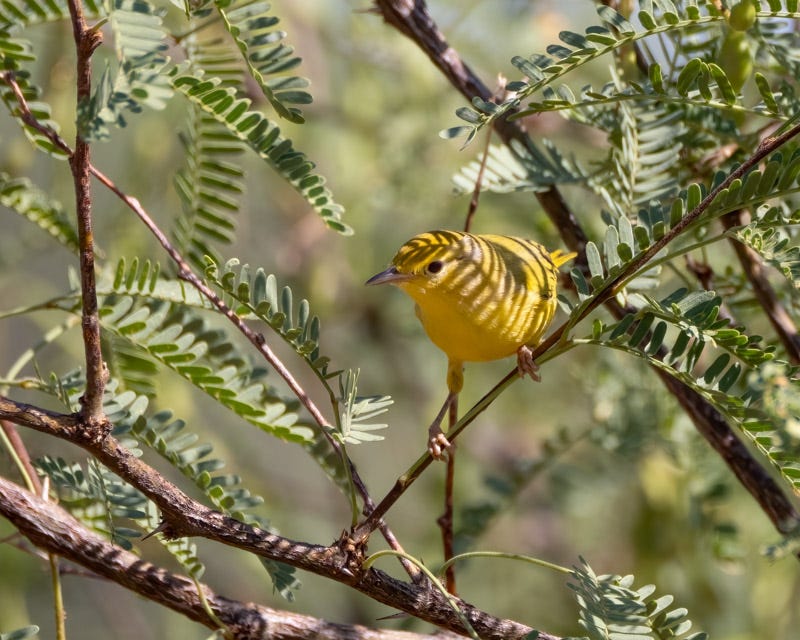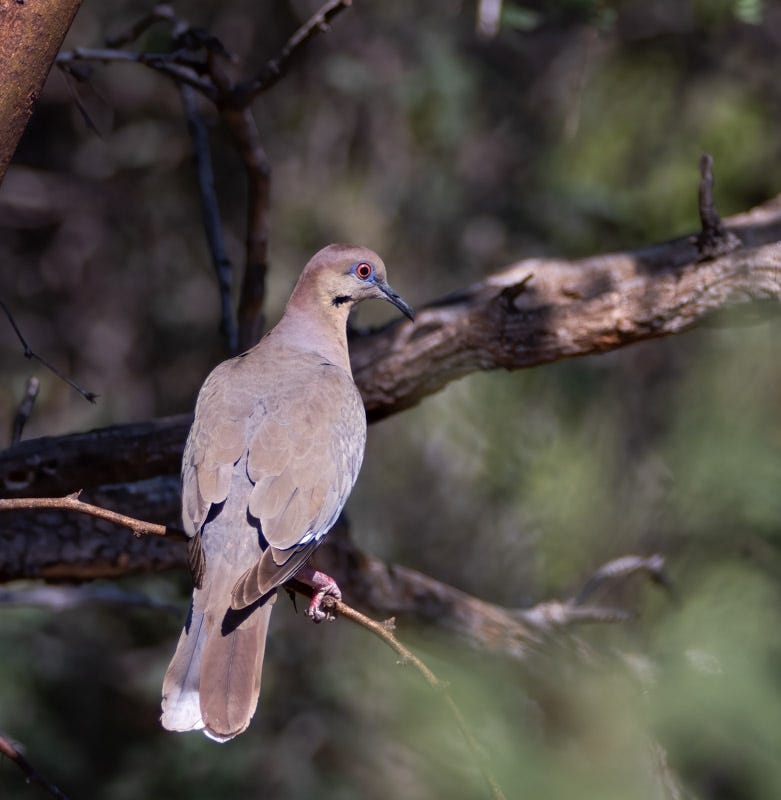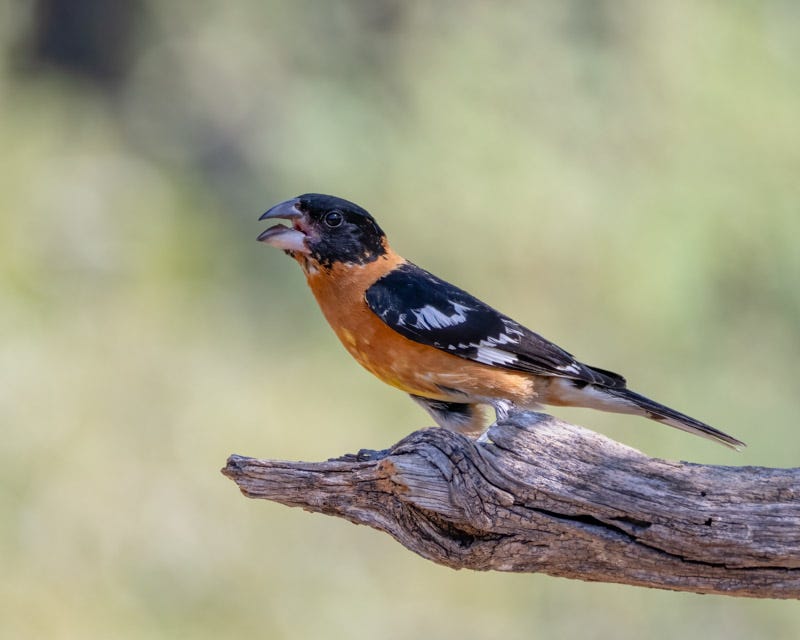Island Hopping
What are the Sky Islands?
The Chiricahua Mountains are but one of a number of mountains in southern Arizona referred to as the "Sky Islands". https://www.fs.usda.gov/wildflowers/beauty/Sky_Islands/whatare.shtml The Arizona Woodpecker below, shot in the Chiricahuas, is a Sky Island species. In the US, the only places to see Arizona Woodpeckers are in the Sky Islands at around 5,000+ feet elevation. Most woodpeckers in the US are colored black and white, but the Arizona is a brown woodpecker.
At the bird feeders at the Cave Creek Ranch there were a number of butterflies feeding on a few flowering plants. Capturing a shot of this butterfly in flight helps us to determine that this is a Sleepy Orange. This butterfly rests with its wings closed so it is interesting to get a good look at the upper side of its wings in flight. It flew well despite the damaged wing.
There were many Mexican Yellow butterflies feeding at the same red flowers. The Mexican Yellow has a pointed end of the hind wing. Special thanks to Rich Bailowitz and Jeff Babson who helped me with all of my butterfly ID's.
On the morning that I saw the elegant Trogon in the Chiricahuas, I saw this big Two-tailed Swallowtail butterfly feeding on the many nearby Desert Thistle flowers. This very large butterfly is the state butterfly of Arizona. https://azlibrary.gov/state-symbols/state-butterfly
Two weeks after leaving the Chiricahuas, I took a morning drive to another of the Sky Islands with a friend. We went to the Ash Canyon Bird Sanctuary in the southeastern corner of the Huachucas. It was late in the morning and already hot out even at its elevation of 5100 feet. A small group of male Brown-headed Cowbirds were the first to greet us. The Brown-headed Cowbird is known as a "brood parasite". A female cowbird makes no nest of her own. She lays her eggs in the nests of other bird species who then raise the young cowbirds.
While the birds were somewhat scarce, it was nice to see this Flame Skimmer dragonfly hanging around the bird perches. Perhaps the suet in the feeders attracted insects for this dragonfly. Ned Harris, with the Sabino Canyon Volunteer Naturalists, tells us more about this dragonfly: https://sabinonaturalists.org/critters/flame-skimmer-dragonfly/
House Finches are very common but do not get a lot of attention. Female House Finches get even less attention, but I thought this female House Finch was very striking. It was hot, so she was open-beaked to promote heat loss, and she held her wings away from her body allowing the air to circulate around her body to sweep away excess heat.
I think that the blurry streaking down the front of the female House Finch is special. It lends a textured look to a bird that otherwise is often described by some as plain.
A Yellow Warbler arrived but remained hidden in the back of the trees. I like how the shadows of the mesquite leaves provide a striped look to the bright yellow bird.
A female Summer Tanager showed up. The male Summer Tanagers are a brilliant red, but the females are a lighter yellow color. Her perch was used by other birds coming into one feeder.
There were a number of White-winged doves at Ash Canyon. Many had unusual (to me) brown plumage. I hadn't noticed that before even though most sources describe White-winged Doves as brown overall. They always appeared gray to me. This dove had one brown tail feather that looked very different from the normal gray and white tail feathers of the dove.
You've seen this perch before. Here, a Black-headed Grosbeak is ready to move on to the neighboring tree. Grosbeaks have huge bills on their large heads. Their color always reminds me of Halloween decorations.
This email began with images from the Chiricahuas before moving on to the Huachucas. The next email hops over to yet another of the Sky Islands, the Santa Ritas where I visited a place called Box Canyon. For more on the Sky islands check out https://skyislandalliance.org/our-region/the-sky-islands/


